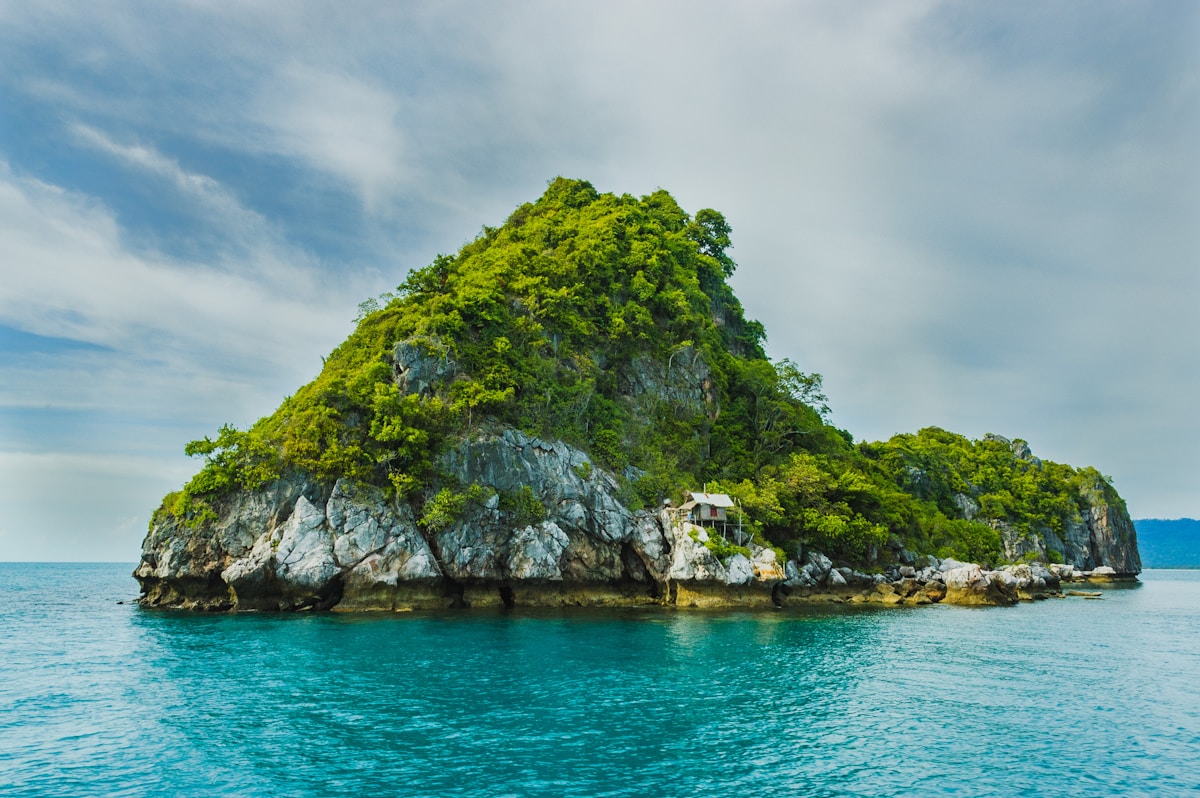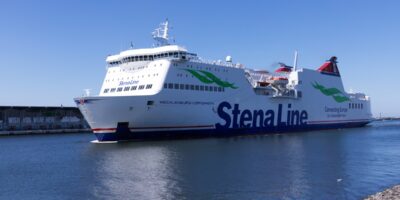Bare Boating
Bare Boating
Bare boating refers to renting a sailboat or motorboat without crew. You’re the captain here. This concept is popular among experienced sailors and those looking for an adventurous vacation. Many feel a deeper connection with the sea navigating on their own. There’s a unique freedom in deciding the course, itinerary, and sailing pace.

Requirements for Bare Boating
To rent a bareboat, you often need certification. The International Certificate of Competence (ICC) is widely recognized. In the U.S., a similar certification from the American Sailing Association (ASA) or U.S. Sailing is acceptable. The boat rental company may also assess your sailing resume or experience. In some regions, local licenses might be required.
Basic navigation, anchoring, and boat handling skills are critical. You need to manage weather conditions, communicate via marine radios, and perform basic boat maintenance. Understanding nautical charts and the International Regulations for Preventing Collisions at Sea (COLREGs) is also essential.
Choosing the Right Boat
The size of the boat depends on the number of people and comfort level. For a family, a 34-40 foot sailboat is typically sufficient. Larger groups might prefer 45-foot or bigger boats with multiple cabins. Catamarans offer more stability and space. They are ideal for those prone to seasickness. Cruising yachts provide a mix of comfort and performance. Motorboats are another option if you prefer speed over sail.
Consider the type of trip you plan. Coastal cruising needs a different boat than a blue-water adventure. The boat should be equipped with essentials like GPS, VHF radio, life jackets, and first aid kits. Some boats come with additional amenities like watermakers, air conditioners, and snorkeling gear. Always check the boat’s condition and equipment inventory before setting off.
Planning Your Itinerary
Bare boating offers the flexibility to create your own itinerary. Research the region you plan to sail. Understand the best sailing seasons, prevailing winds, and currents. Many popular bare boating destinations have established routes. In the Mediterranean, places like Greece, Croatia, and the Balearic Islands are favorites. The Caribbean offers the British Virgin Islands, the Bahamas, and the Grenadines with their excellent sailing conditions.
Contact local marinas and anchorages for reservation details, especially during the peak season. Some locations require permits for fishing or entering protected areas. Plan provisions for the trip. Stock up on non-perishable food, water, and fuel. Many harbors have stores where you can restock, but it’s good to have a backup.
Navigating Challenges
Weather changes can be unpredictable. Weather forecasts from reliable sources are invaluable. Pay attention to wind speed and direction. Understand how to reef sails to manage strong winds. Have a clear understanding of the ‘rules of the road’ for boating to avoid conflicts with other vessels.
Technical issues may arise. Knowing basic engine repair, plumbing, and electrical work can save your trip. Keep a toolkit and spare parts onboard. Maintain communication with other boats or coast guards through the VHF radio. Safety should always be a priority. Always wear life jackets and harnesses when on deck in rough conditions or at night.
Sustainability and Responsible Sailing
The marine environment must be protected. Dispose of waste responsibly. Avoid using single-use plastics. Use eco-friendly products for cleaning. Respect wildlife and marine habitats. Anchor in designated areas to protect coral reefs. Responsible sailing ensures these beautiful waters remain pristine for future sailors.
Insurance and Documentation
Having proper insurance is crucial. Yacht insurance covers damage to the boat, equipment, and third-party liability. Check what is included in the rental agreement. Ensure your personal travel insurance covers sailing activities. Keep copies of necessary documents like the boat license, insurance papers, and crew details. In some regions, authorities may inspect these documents.
Health and Safety Precautions
Seafaring can pose health risks. A well-stocked first-aid kit is essential. Pack medications for seasickness, pain relief, and allergies. Ensure fresh drinking water supplies are ample. Staying hydrated is critical. Learn basic first aid and CPR. Understanding how to get help in case of an emergency is mandatory. Know the location of the nearest medical facilities along your route.
The Joy of Bare Boating
While it demands preparation and responsibility, bare boating offers unparalleled experiences. The thrill of charting your course, the serenity of secluded anchorages, and the bonding moments with your crew are unmatched. It’s an adventure that blends skill, freedom, and nature in a unique way. Many return from their first bare boating trip with stories of discovery, excitement, and a new appreciation for the maritime world.




Subscribe for Updates
Get the latest articles delivered to your inbox.
We respect your privacy. Unsubscribe anytime.